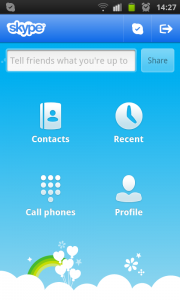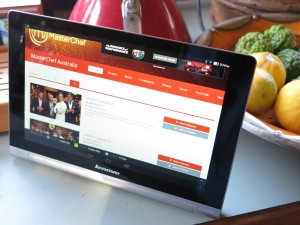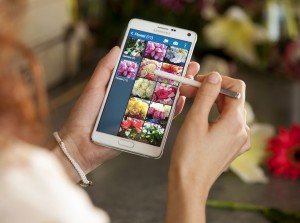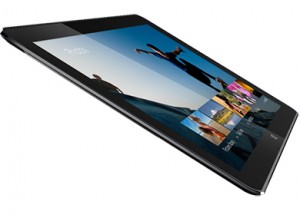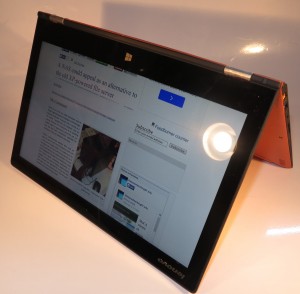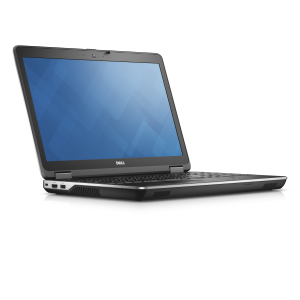Older people using the Internet to link with relatives and friends
Article
The rise of the ‘GranTechie’: closing the generational gap | NBN Press Releases
My Comments
It is now being identified that older people are finding computers and the Internet as valuable communications tools.
One technology that has allowed for this is videocalling that has been facilitated by Skype and Facetime. Both these popular IP videocalling applications have been engineered for simplified operation such as not needing any setup or configuration as far as the network is concerned. As well, Apple baked Facetime in to newer versions of the iOS mobile platform and made sure it had hooks to the user’s contacts directory on their iPhone as well as providing integrated behaviours for this solution. Similarly, Skype is being written to take advantage of application-programming interfaces that the various platforms offer as regards with directory management and other things are concerned. As well, there are smart-TVs and video peripherals that can work as Skype videophones once you add a camera / microphone accessory. These have made the process of making and taking videocalls more simplified and task-focused.
As the article has said, the main driver with this is for people and families to communicate with relatives and friends who are separated by distance. An example of this that I have seen for myself was seeing a friend of mine in an armchair at home using their iPhone to engage in a long Facetime videocall conversation with another interstate friend who had a young child. Here, she talked to that friend’s child as though she and the child were in the same room. Similarly, an Italian who is my barber and whose computer I regularly support also makes use of Skype to keep in touch with his family in Italy.
Other technologies that were being embraced were Facebook and email as ways to share messages and photos. They were also raising the issue of the Internet being used to allow this kind of connection on a highly-frequent basis such as every week. The article also highlighted the smartphone and tablet as an enabling form factor due to their highly-portable nature – they can use these devices from where they are highly comfortable as I have cited before. In some cases, it has become possible to show the distant relative around the house simply by carrying one of these devices around during the videocall.
A technique worth investigating and showing to older people and their families is the use of Dropbox and similar services as a way to distribute high-resolution photos and video footage in a manner that allows the relatives to “take it further” like creating high-resolution prints. I highlighted this in an article about making Dropbox and similar services work with a DLNA-capable NAS highlighting the applications like printing, showing on a DLNA-capable TV, or maintaining occasion-based photo/video content pools consisting of images contributed by many people.
What has been shown in the article is that a killer application has been identified for personal-computing and Internet technology amongst a certain class of users. This killer application is for older people to use this technology to maintain contact with distant relatives and friends in an improved manner.

